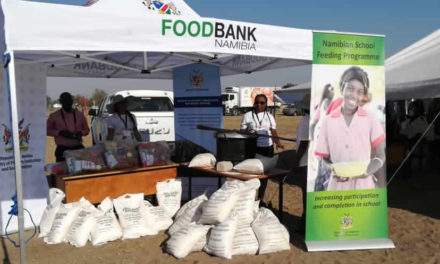
Asset bubbles are dangerous and there is one right under our noses
When the asset bubble in residential property in the USA popped in 2008, the ramifications were so severe, it started the international financial crisis. Bank credit dried up overnight and the world economy teetered on a precipice. This quickly morphed into a liquidity crisis spreading across the world, and in its wake bursting several more asset bubbles.
Right now, Spain is caught in the same trap the USA faced three years ago, only the latter’s playing field is far more restricted. Deleveraging has become a buzz word in the new economy. It has only had painful consequences.
Structurally, asset bubbles and pyramid schemes are very similar. The only difference is definitional – one is legal, the other not. They depend on the ability of a class of assets to attract new investors at such a rate that it pushes up valuation, providing out-of-line returns that can only be sustained as long as new investors keep inflating the bubble. The moment the investment stream stops, the bubble bursts and a long and painful deleveraging period ensues. During this phase, later investors lose capital, earlier investors flee, liquidity stops abruptly, and the remaining assets are usually liquidated at fire sale prices. A severe correction occurs with mark-to-market valuations setting new, rational levels. That is, if the assets in the bubble survive at all.
We have had our spells of asset bubbles. Currently I think we have entered an asset bubble in residential property above the N$3 million valuation mark. But with property in such high demand, I doubt this bubble will burst. I expect it to stabilise, then remain stagnant for a year or two until the broader market has caught up, and probably start inflating again.
But we have had another, more severe asset bubble and when it popped, many investors were burnt, and an entire industry was destroyed in Namibia. Astonishingly, this industry survived in South Africa, but it has to be stated, there it never entered the bubble stage.
By now you must have guessed, I am referring to our dismal attempt of upsetting South Africa as the world’s biggest producer of ostriches and ostrich products.
Ostriches are not rare in our land. In fact they are so abundant and plentiful in the wild that auctioneers find it difficult to secure even the smallest bid for these stodgy birds at game auctions. One sees them on just about every farm with a game camp. They occur in their thousands in the Namib, as well as in many other savannah areas. But these are wild ostriches, yet unwittingly, they contributed to the asset bubble’s load pop when it exploded some ten years ago.
The ostrich industry in South Africa farms ostriches that originally came from North Africa. This was almost two hundred years ago. The main attraction then was their feathers and it made many farmers incredibly wealthy until about 1930. When the Great Depression set in, fashion went out the window, so did ostrich feathers. The industry collapsed. In the years before WWII, the industry consolidated, formed a co-operative, and shifted its focus to skins, meat and tourism. That laid the foundation for a sustainable agri-enterprise that survived the implosion which occurred here in Namibia.
When Grade A ostrich skins started fetching up to about N$1200 per skin, the bubble quickly began to form and grow. Every second farmer in the south became an ostrich farmer. Prices for quality genetic material sky-rocketed. Investment in infrastructure, especially around Mariental and Keetmanshoop, also went off the charts. Every farmer was bargaining on selling so many hundreds of skins at above N$1000 per skin. Then reality set in. Unscrupulous dealers started breeding wild ostriches to sell eggs to unsuspecting customers, most notably in the USA. This crookery made the first cracks appear when US farmers sent out their own expert to determine why the genetic material was so inferior.
But locally the industry flourished until the overproduction in skins reached such alarming levels, prices were forced down to about N$200 per Grade A skin. Suddenly the investments and the projections no longer made sense. The bubble burst and the reverberations quickly rocked the farming communities in the South. Within a month, the thousands of live ostriches at Mariental turned into a major liability.
The sad end-result is: no more ostrich farming. A viable agri-industry for the South has been destroyed completely by greed and crookery. Perhaps the saddest part is that the same pattern is now manifesting itself in so-called high-value game species.
Next week, I’ll have a lot more to say about this new bubble.










































